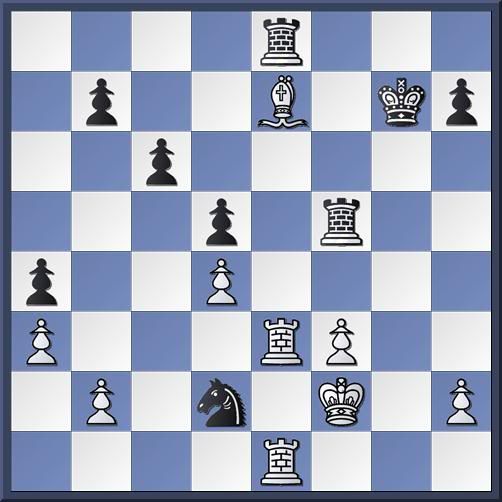Smyslov earned a reputation as an extraordinary endgame player. Perhaps this lesson from Paul Keres helped him develop such skills.
Black to move

Keres played 30...Ne4+.
After a sequence of exchanges, Smyslov found himself in a rook endgame where he was forced into passive defense. In time, Black broke through.
31.Kg2 Rxe7 32.fxe4 Rxe4 33.Rxe4 dxe4 34.Rxe4 Rb5 35.Re2 (White's rook takes a passive defensive position) ...Rb3 (Black's rook restrains the White king).
White to move

Black has slightly better pawn structure, an aggressively placed rook, and a mobile king. Does Black have a decisive advantage?
The entire game is replayable at http://blog.chess.com/view/the-active-rook.














36.Rd2 is the only way to prevent the immediate loss of a pawn after ...Rd3. But this allows 36...Kf6 and black is doomed! - Ryan
ReplyDelete